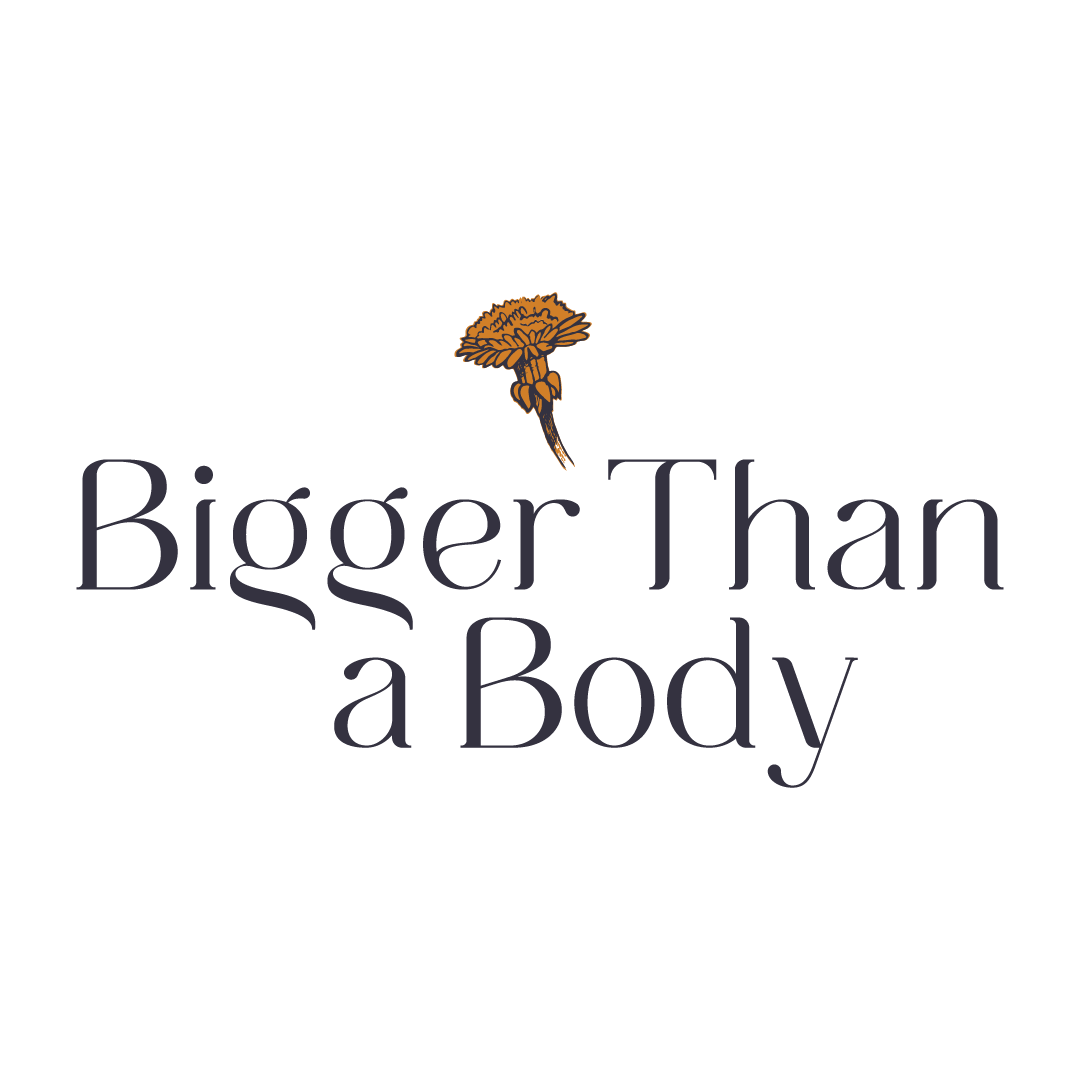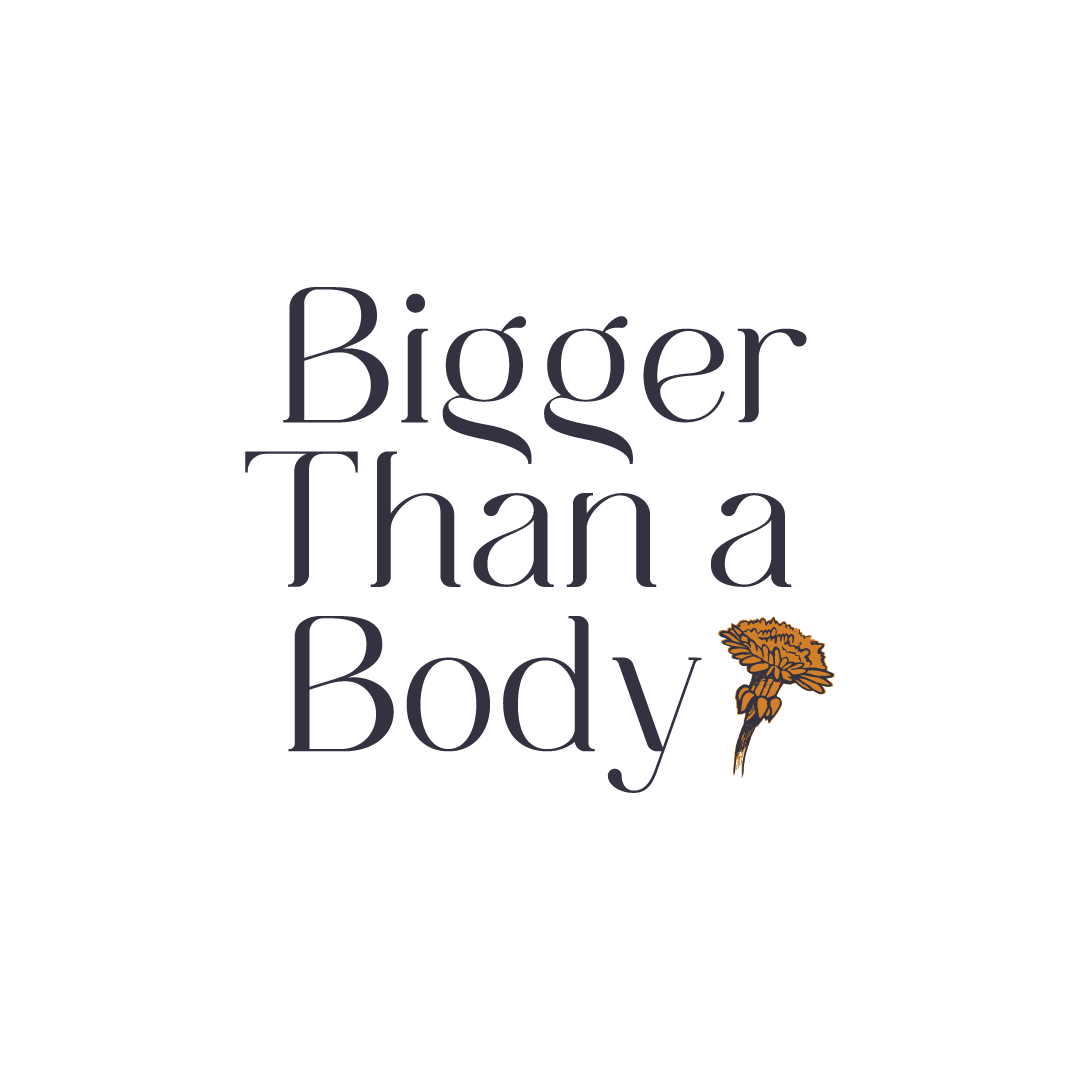A Body Scanning Exercise to Help Heal Body Image Distress
Even 5 minutes can have tremendous healing power.
Image by yurakrasil via Adobe Stock.
Body image distress — also commonly referred to as body dissatisfaction, negative body image, or body image disturbance — shows up for the majority of living, breathing humans at some point and time in their life. Some, however, experience that distress to a more severe degree than others.
You’re most susceptible to experiencing extreme body image disturbance if you suffer from an eating disorder, disordered eating, or body dysmorphic disorder or if you have a physical disability or a physical feature that is (according to sadistic beauty standards) “flawed.”
That said, anyone with a body is vulnerable to experiencing body image distress.
Whether you experience that distress chronically or just during a one-off bad body image day, there are techniques you can employ to view your body — or parts of your body — with more gratitude, acceptance, and even pride.
In particular, there’s a three-step body scanning exercise that utilizes a similar healing approach as therapeutic modalities like eye movement desensitization and reprocessing (EMDR). As with EMDR, this exercise (that doesn’t have a fancy name) invites you to draw attention to the source of the pain and craft a different, more positive narrative around it.
Of all the body image work I did in my own recovery from an eating disorder and body dysmorphia, I found this exercise to be among the most effective.
Get into a relaxed sitting or laying position, and let’s see how it fares for you.
1. Identify Your Green-Light Body Part
To ease yourself into this exercise, first, locate one green-light body part — a physical attribute that you really like about yourself. Maybe it’s your eyes or your hair. Or maybe it’s something more peculiar like your ears or your toes.
You may have multiple green-light body parts (and I hope you do!), but select only one.
Zero in on it.
Once you’ve identified your body part, direct all of your focus toward it. Place one hand on it so you can feel connected to it. (Note: Ideally, you’d do this with your eyes closed, but that’s for next time.)
Thank it for something specific and meaningful.
Next, thank this body part for at least one way it serves you. Is it something functional? Confidence-boosting?
There’s no right or wrong answer here, but do try to make it specific and meaningful. For example, if you selected your eyes, your response might be: “Thank you, eyes, for allowing me to see [pet name] every day. He brings me immense joy, and I don’t want to imagine life without him.”
Say your response out loud so it really sinks in.
Imagine yourself without it.
Lastly, imagine if you didn’t have this body part. Don’t imagine it being altered — literally, imagine your body without it. Now let that sink in for at least 30 seconds.
2. Identify Your Yellow-Light Body Part
Next, scan your body and pinpoint a physical feature or body part that you feel neutral about. This is a yellow-light body part. You don’t go out of your way to talk about or show this part of your body off, but you also don’t conceal or criticize it. One that comes to mind for me is my forearms.
Once you’ve selected your body part, repeat the steps from above, and take just as much time on each one.
Zero in on it.
Feel it. Visualize or look at it. Act as though it’s your first time truly noticing it.
Thank it for something specific and meaningful.
Example: “Thank you, forearms, for being the bridge between my hands and my elbows so I can wash my hair, lift my fork to my face, and rest my wrists on my desk as I type.”
Imagine yourself without it.
“Well, if I didn’t have any forearms, I wouldn’t have any hands, and life would be a helluva lot more complicated.”
3. Identify Your Red-Light Body Part
Humans are the only species that subjectively pick ourselves apart. Indeed, we’re at an unfair advantage relative to other species who don’t know a world with thin ideals, plastic surgery, and the Kardashians.
And we’re here. I’m sure you see where this is going.
It’s time to draw your attention to a red-light body part — a part of your body that cause you the distress and dissatisfaction discussed at the beginning of this article.
Before we do that, though, we’re going to add one very valuable step.
Breathe.
That’s right. Never underestimate the power of breathwork. Take a deep inhale in through the nose for five seconds, and then a slow exhale out of the mouth for seven seconds. Do this three to five times to help bring down any elevated blood oxygen levels.
Now begin your body scan, and identify your red-light body part. I had about three dozen at one point in my life, but the one that caused me the most grief was my lower belly.
Zero in on it.
If physically touching it is too much for you, that is okay. Instead, place your hand on your heart, on your cheek, or wherever feels comfortable to you. Try your damnedest to look at it objectively. No judgment. No ridicule. Just notice it.
Thank it for something specific and meaningful.
Typically with red-light body parts, it’s most approachable to thank it for the function it serves. With my lower belly, for example, I would say, “Thank you, lower belly, for shielding some of my most vital organs and allowing me the ability to grow and house a tiny human if I choose to pursue that experience.”
Repeat your gratitude. Don’t be afraid to show some vulnerability or even atonement here.
Imagine yourself without it.
Now imagine if that body part was completely ripped away from you — not modified to fit your liking, either. It’s simply not there.
Would your senses be able to sense? Would you be able to go about your day as normal? Would you be alive?
Rinse and Repeat
Take five to 10 minutes to do this exercise once daily. You can pick different body parts or the same ones. Whatever speaks to you at the moment.
The point is to train your mind to see what a gift your body is — perceived flaws and all.
Humans are the only species that subjectively pick ourselves apart. Indeed, we’re at an unfair advantage relative to other species who don’t know a world with thin ideals, plastic surgery, and the Kardashians.
But our energy flows where our thoughts go. If you regularly show gratitude for the parts of your body you’ve long scrutinized, you can find peace with them.
Is this exercise the be-all and end-all to achieving complete body acceptance or neutrality? Perhaps not.
It will likely also take you crowding in others who’ve experienced similar insecurity or possess a body part that looks similar to yours, but they own it.
It will likely also take you pushing out people who undermine your worth and quite possibly struggle with their own body insecurities. Unfortunately, the only way they know how to face those insecurities is to make you feel worse about yourself.
Nonetheless, this exercise can be a vital part of healing any body image disturbance you‘re experiencing.
Give it a shot. In return, your body will be grateful you did.


